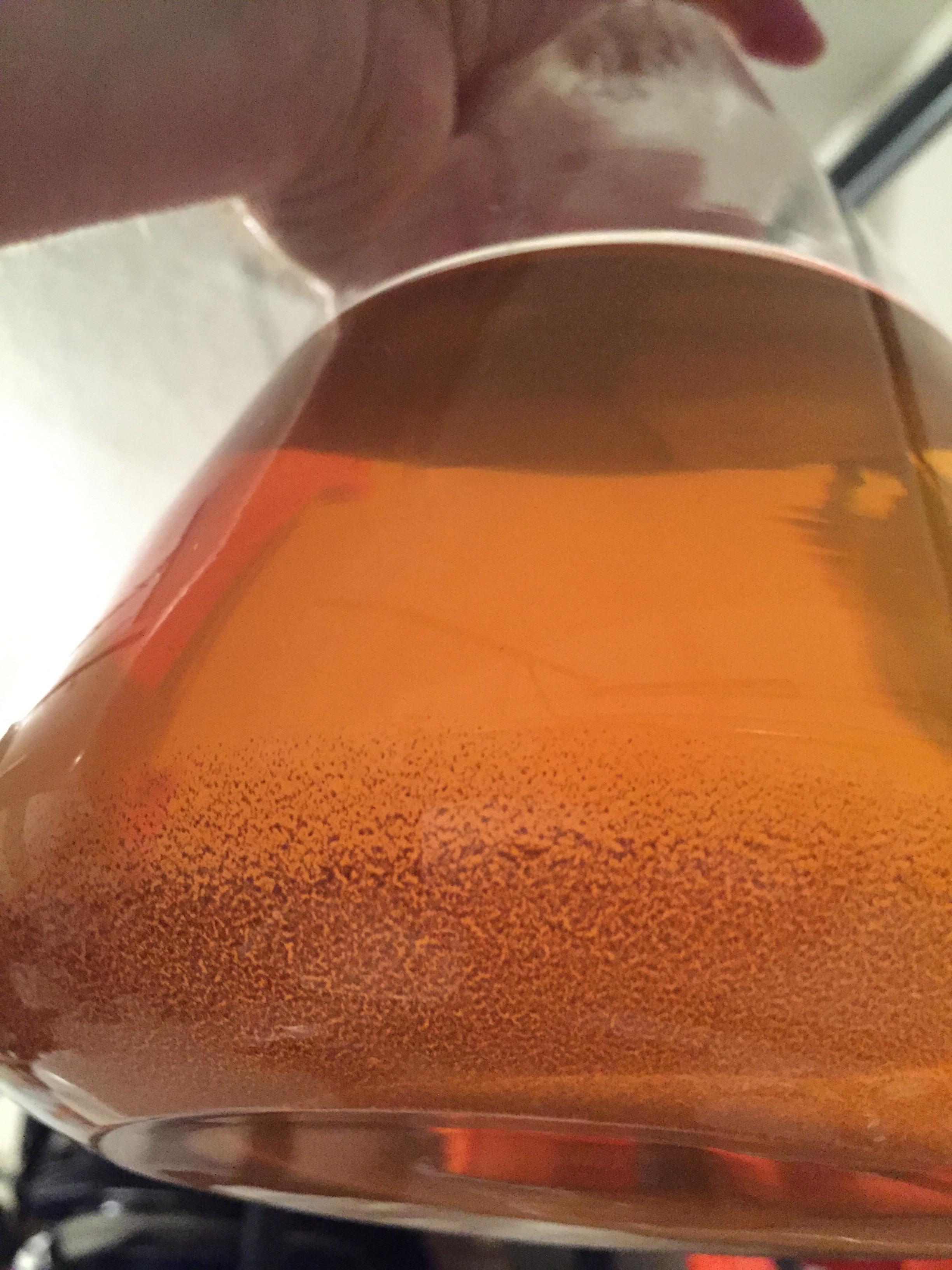What would be the difference is doing a lacto starter with raw grain compared to pitching a vial of lacto in the starter instead?
Secondly, how important is an airlock on this type of starter compared to a piece of tight foil over it like I normally use for traditional starters?
Secondly, how important is an airlock on this type of starter compared to a piece of tight foil over it like I normally use for traditional starters?



